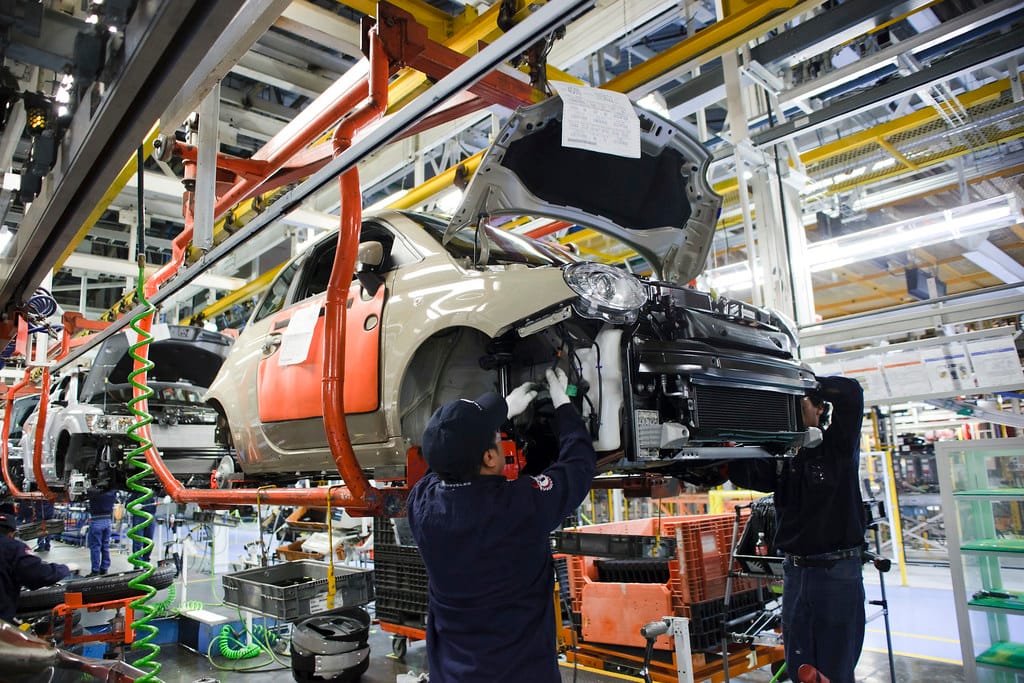
Protective clothing doesn’t last forever—but it shouldn’t fail before it should.
In metal industries, garments endure sparks, splashes, sweat, stress, and countless wash cycles.
But without proper care, even certified PPE can lose its protection long before its time.
In this final guide of the Metaltech series, let’s break down how to wash, inspect, and replace your protective gear—before safety becomes a guessing game.
Why Maintenance Matters for Metaltech Clothing
Every layer of protective clothing is made to resist:
- Heat and flame
- Molten metal splash
- Abrasive particles and slag
- Repeated physical stress
- Sweat, oil, dust, and chemicals
⚠️ But these same forces degrade fabric integrity, stitching, coatings, and FR treatments over time.
✅ Proper care extends life, preserves certification, and ensures your workers aren’t wearing “fake protection.”
Washing Guidelines (Yes, It Matters How You Wash)
DO:
- ✅ Use mild, non-enzymatic detergent (FR-safe)
- ✅ Wash in cold to warm water (max 60°C / 140°F)
- ✅ Wash inside-out to preserve outer surface
- ✅ Separate from regular clothing or oily garments
- ✅ Tumble dry low or hang in shaded, ventilated area
- ✅ Follow garment’s label instructions exactly
DON’T:
- ❌ Use bleach or softener—they destroy FR properties
- ❌ Use high heat dryers—can cause fabric shrinkage or delamination
- ❌ Dry in direct sunlight—UV degrades reflective or aluminized surfaces
- ❌ Iron aluminized layers—heat can melt outer barrier
✅ For industrial laundering, ask your vendor: “Is your process FR-compliant?”
Inspection Checklist: What to Check Before Every Shift
| Area | What to Look For |
|---|---|
| Outer fabric | Burn holes, thinning, discoloration |
| Seams & stitching | Fraying, gaps, popped threads |
| Zippers & closures | Melting, misalignment, rust |
| Reflective strips | Peeling, fading, delaminated edges |
| Pockets, loops, tabs | Loose threads, tear-outs, stitching failure |
| Label tag | Still legible? Shows certification info? |
✅ A good rule: If it’s damaged enough to doubt—it’s damaged enough to replace.
Replacement Intervals: When Is It Time to Retire a Garment?
| Garment Type | Replace When… |
|---|---|
| FR Shirts / Pants | 12–24 months or after 50–75 washes |
| Coveralls | 18–36 months depending on use intensity |
| Leather Aprons | Surface cracks, hardened leather, delamination |
| Aluminized Gear | Coating flakes, reflective loss, discoloration |
| Spats / Hoods | Fraying edges, holes, or broken closures |
🔁 Rotate heavily used items every 2–3 shifts for longer shelf life.
📅 Keep a logbook or issue card per worker per set for usage tracking.
Pro Tips to Extend PPE Lifespan
- ✅ Issue multiple sets per worker to allow drying time
- ✅ Train workers to store PPE flat (not crumpled in lockers)
- ✅ Hang garments after use—even for 10 minutes
- ✅ Avoid wearing FR gear under outer dirty layers
- ✅ Mark garments with issue date + owner name
- ✅ Spot clean molten spots with FR-safe brushes, not bleach
How Improper Care Voids Protection
- A jacket washed with bleach = no longer FR
- A melted zipper = escape hazard in a flash fire
- A faded aluminized apron = radiant heat passes through
- An unreadable tag = fails inspection or audit
✅ Improper care can make certified garments non-compliant—which may cause regulatory violations or worker injury.
What to Ask Your Supplier
- What’s the expected lifespan of this product under heavy use?
- Can you provide a wash & care instruction sheet with each shipment?
- Are all trims (thread, zippers, Velcro) also FR-rated?
- Do you offer replacement cycles or annual reordering programs?
- Can garments be re-certified or tested after field use?
At workwearsolutions, we not only manufacture protective clothing—we teach you how to keep it working.
Conclusion
Great protective clothing is an investment. But like any tool, it only works when cared for properly.
When managing PPE for metal processing teams:
- Wash it right
- Inspect it often
- Retire it before it fails
- Train your team to treat it like life-saving equipment—because it is
Need help building a wear & care protocol for your factory, school, or welding floor? I’ll help you design a PPE lifecycle system that keeps workers safer, longer.
📩 Contact: [email protected]
🌐 Visit: www.workwearsolutions.net
Zion Zhang
Recent Posts
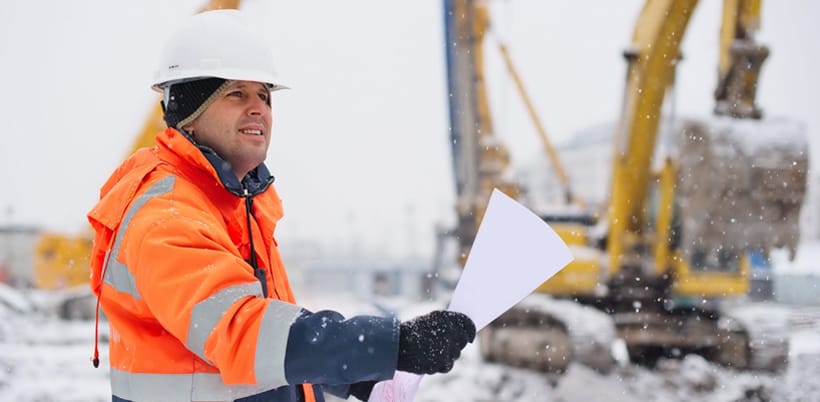 Cost-Benefit Analysis: Premium Insulated Suits vs. Budget Layers—When to Spend More2025年7月22日When selecting cold-weather gear, the choice between […]
Cost-Benefit Analysis: Premium Insulated Suits vs. Budget Layers—When to Spend More2025年7月22日When selecting cold-weather gear, the choice between […]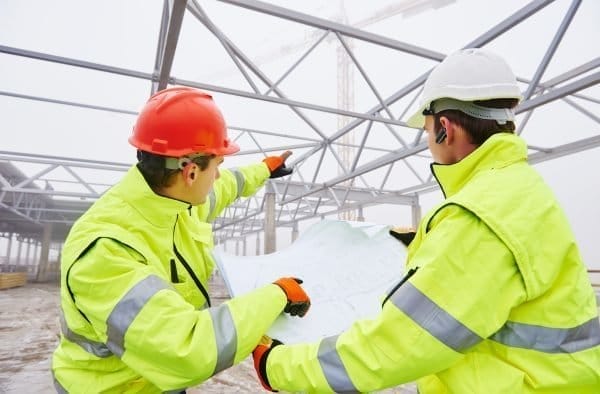 Care, Laundering, and Storage: Maximizing the Life of Thermal Workwear2025年7月22日Investing in high-quality thermal workwear isn’t […]
Care, Laundering, and Storage: Maximizing the Life of Thermal Workwear2025年7月22日Investing in high-quality thermal workwear isn’t […]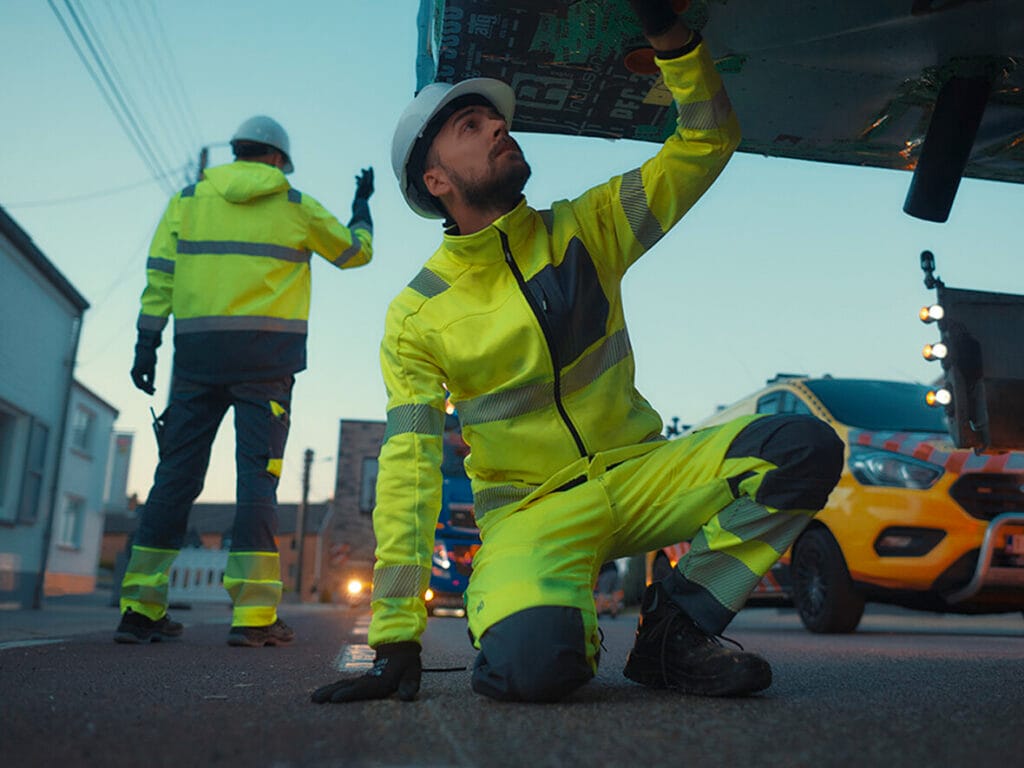 Industry-Specific Buying Guide: Construction, Oil & Gas, Warehouse, and Offshore2025年7月22日Cold-weather workwear isn’t a one-size-fits-all […]
Industry-Specific Buying Guide: Construction, Oil & Gas, Warehouse, and Offshore2025年7月22日Cold-weather workwear isn’t a one-size-fits-all […]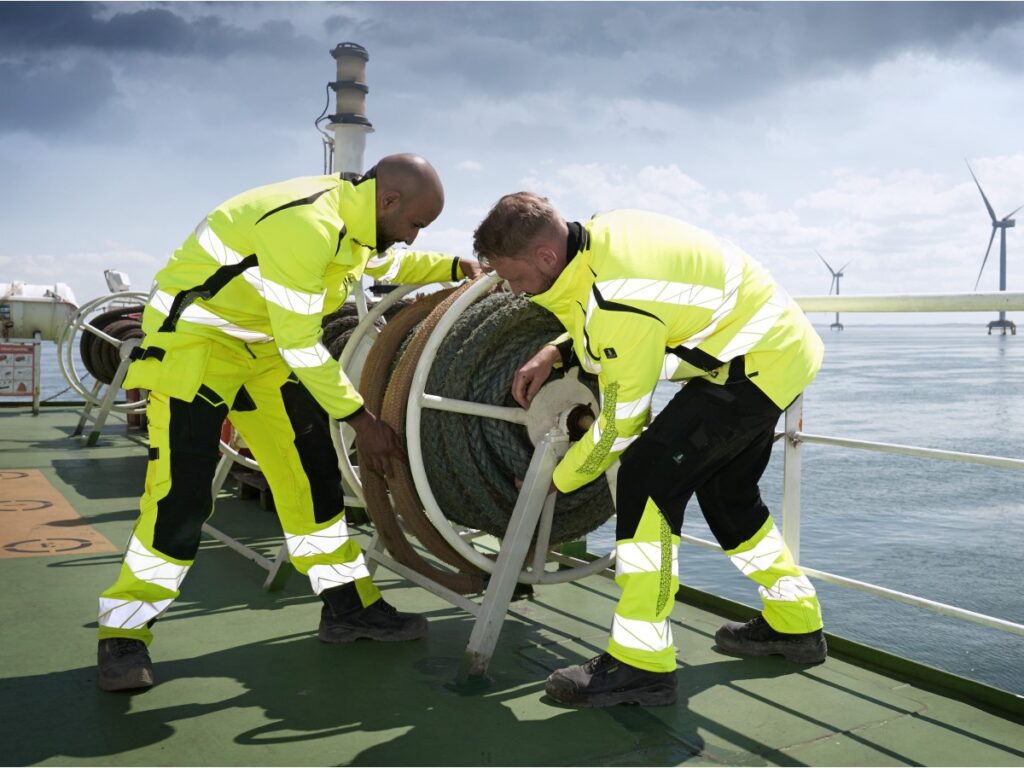 Heated Workwear & Battery Tech: Are Electrically Heated Jackets Worth the Investment?2025年7月22日When temperatures plunge below freezing, traditional […]
Heated Workwear & Battery Tech: Are Electrically Heated Jackets Worth the Investment?2025年7月22日When temperatures plunge below freezing, traditional […]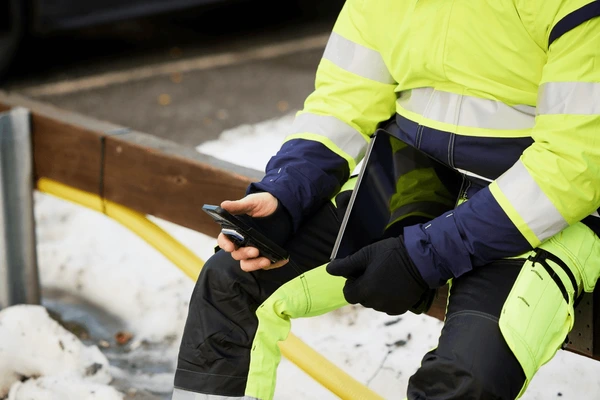 High-Visibility & FR Options for Winter: Staying Seen and Safe in Harsh Conditions2025年7月22日In winter, visibility and flame-resistance (FR) are not […]
High-Visibility & FR Options for Winter: Staying Seen and Safe in Harsh Conditions2025年7月22日In winter, visibility and flame-resistance (FR) are not […]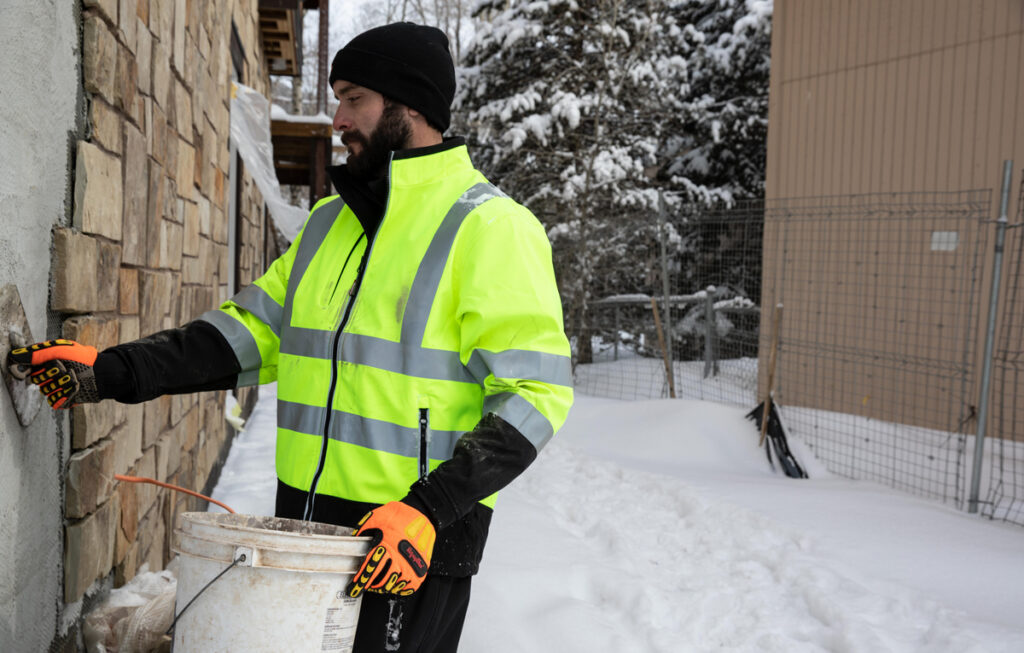 Waterproof, Windproof, Breathable: How to Read Fabric Tech Sheets (ePTFE, PU, TPU)2025年7月22日Picking a jacket that claims "waterproof" and […]
Waterproof, Windproof, Breathable: How to Read Fabric Tech Sheets (ePTFE, PU, TPU)2025年7月22日Picking a jacket that claims "waterproof" and […]
CONTACT US
- Feel free to contact us any time. We will get back to you as soon as we can!
- +86-17330061805
